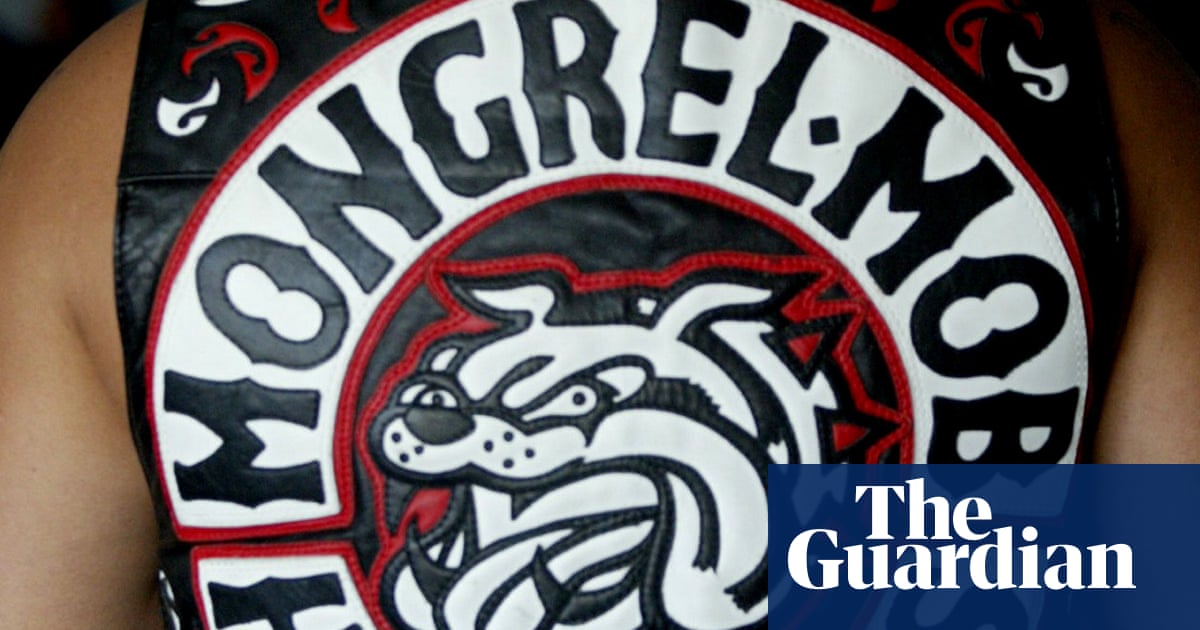
The proposed crackdown on gang activity in New Zealand may require members to conceal offensive tattoos with makeup.
On Thursday, Mark Mitchell, the police spokesperson for the National party, informed the national broadcaster RNZ that if their suggested prohibition on gang patches (such as large symbols sewn onto jackets) is not effective, they may contemplate requiring gang members to cover their facial tattoos with makeup or face possible arrest.
Mitchell stated that if gangs attempt to bypass a ban on gang patches by displaying offensive tattoos, such as swastikas, on their faces, measures will be taken to prevent this.
The recent general election saw the National party replacing Labour, but their official takeover may be delayed as the remaining votes are still being tallied and coalition negotiations are ongoing.
In 2021, Mitchell mentioned that Western Australia implemented a ban on gang tattoos. This ban also permitted gang members to use makeup to cover up their tattoos.
Mitchell stated that in Australia, there are accounts of high-ranking gang members who must put on makeup every morning.
Mark Lauchs, an Associate Professor at Queensland University of Technology, who focuses on researching gangs in New Zealand and Australia, expressed doubts about the potential of the suggested ban, pointing out that no other state in the country has adopted a similar measure as Western Australia.
Lauchs commented that the tattoo ban in Western Australia goes beyond effective policy and becomes a spiteful law, similar to the proposal in Queensland to make incarcerated gang members wear pink jumpsuits.
According to Lauchs, the idea of implementing pink jumpsuits as a form of punishment for gang members was suggested but never put into action. The intention behind this proposal was not to enhance public safety, which is the main goal of anti-gang legislation, but rather to humiliate gang members.
The identification of gang and cultural tattoos may pose a challenge for the New Zealand police, particularly when it comes to Māori individuals. This is because the traditional facial tattoos known as moko have experienced a revival in popularity in recent times.
“What defines a tattoo as belonging to the Mongrel Mob versus a cultural tattoo of someone who has joined the group?” Lauchs stated. “This could lead to confusion and conflict.”
For many years, gangs have been present in New Zealand. According to recent data from the police’s Gang Harm Insights Centre, there are approximately 8,870 members belonging to 33 different gangs.
The Mongrel Mob, the biggest gang in the country, is often seen in various small towns and cities. It is typical for members to have symbols, such as bulldogs, permanently inked on their faces.
Gangs play a multifaceted role in New Zealand’s society, as they can engage in acts of violence and criminality, but also serve as positive influencers within their own communities.
The National party has suggested expanding the authority of police searches, which would remove the need for a court-issued warrant. They also aim to prohibit gang-related actions on social media and permit police to verbally disperse gang members from communicating with each other.
Mitchell stated that the police will continue making arrests until gang members grasp the seriousness of the situation and refrain from meeting.
Source: theguardian.com















